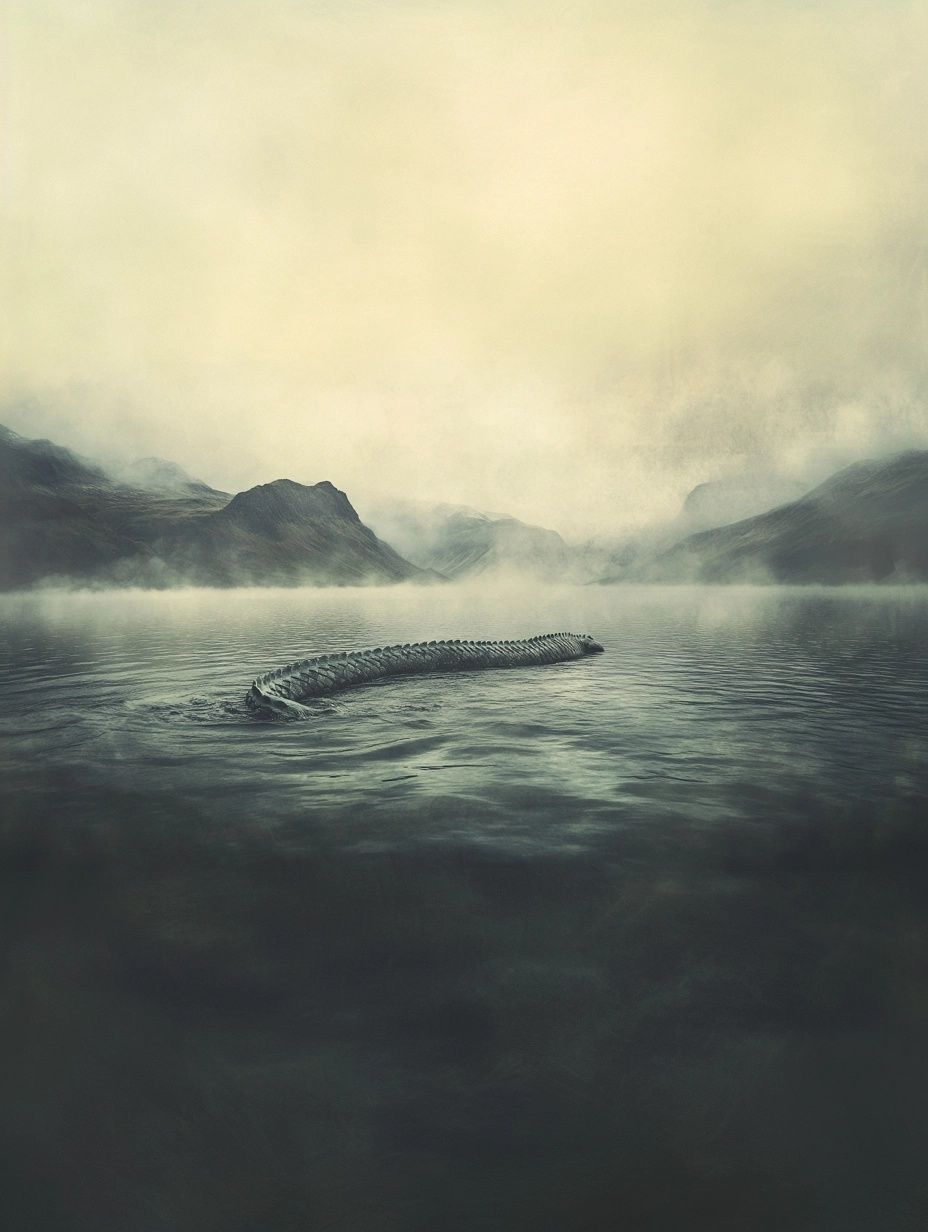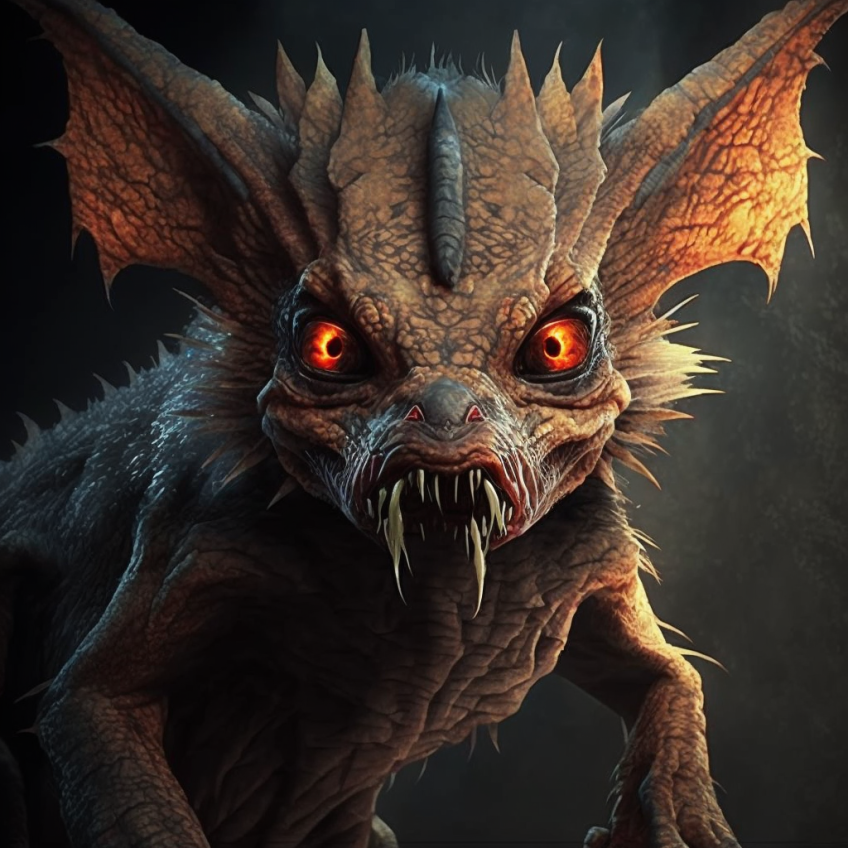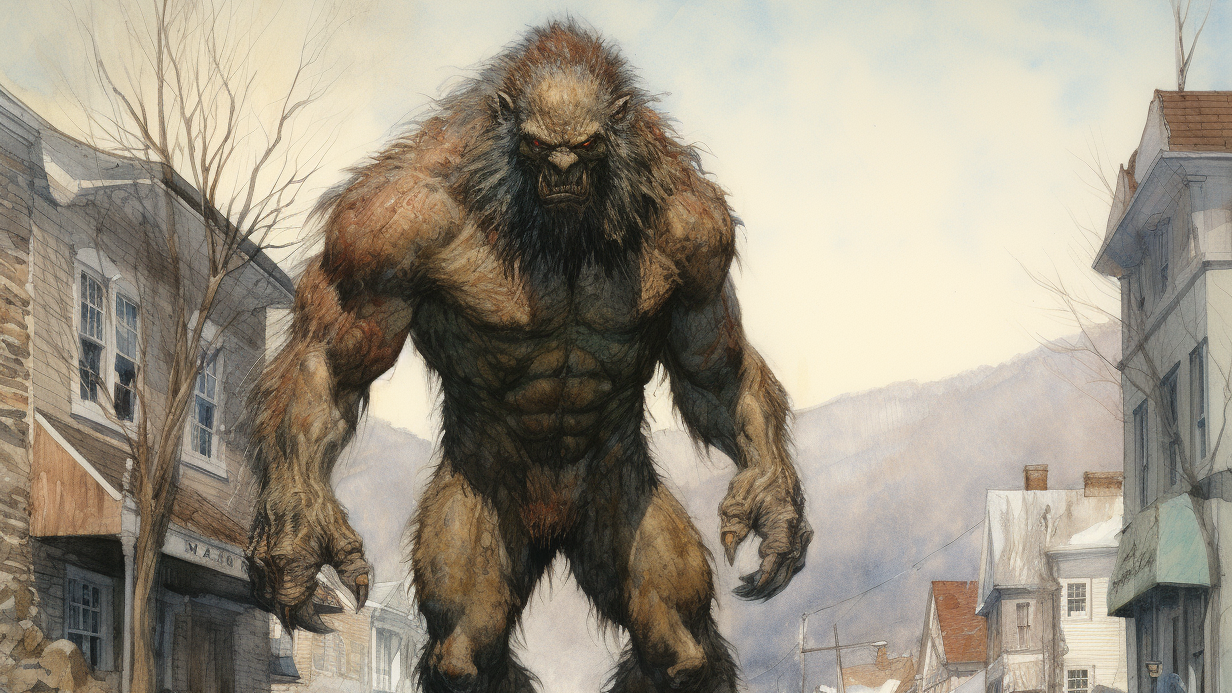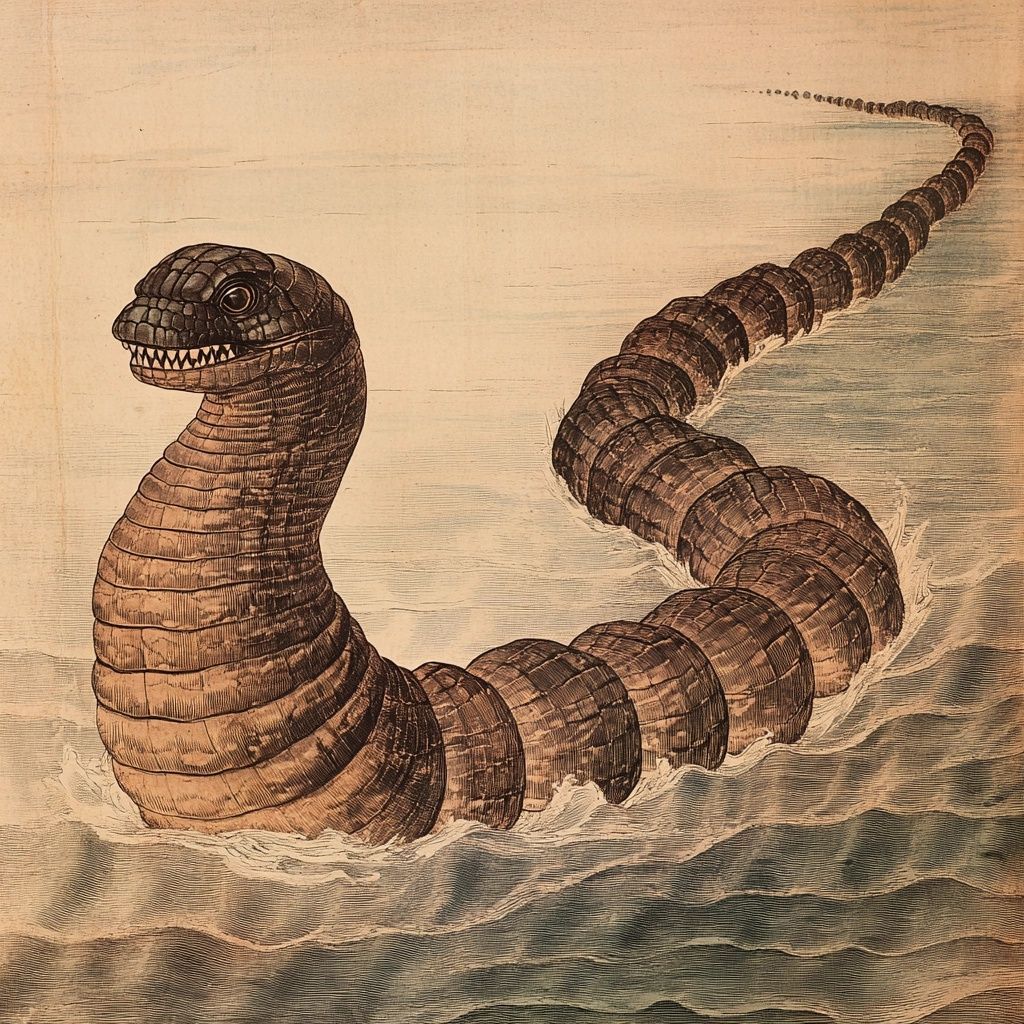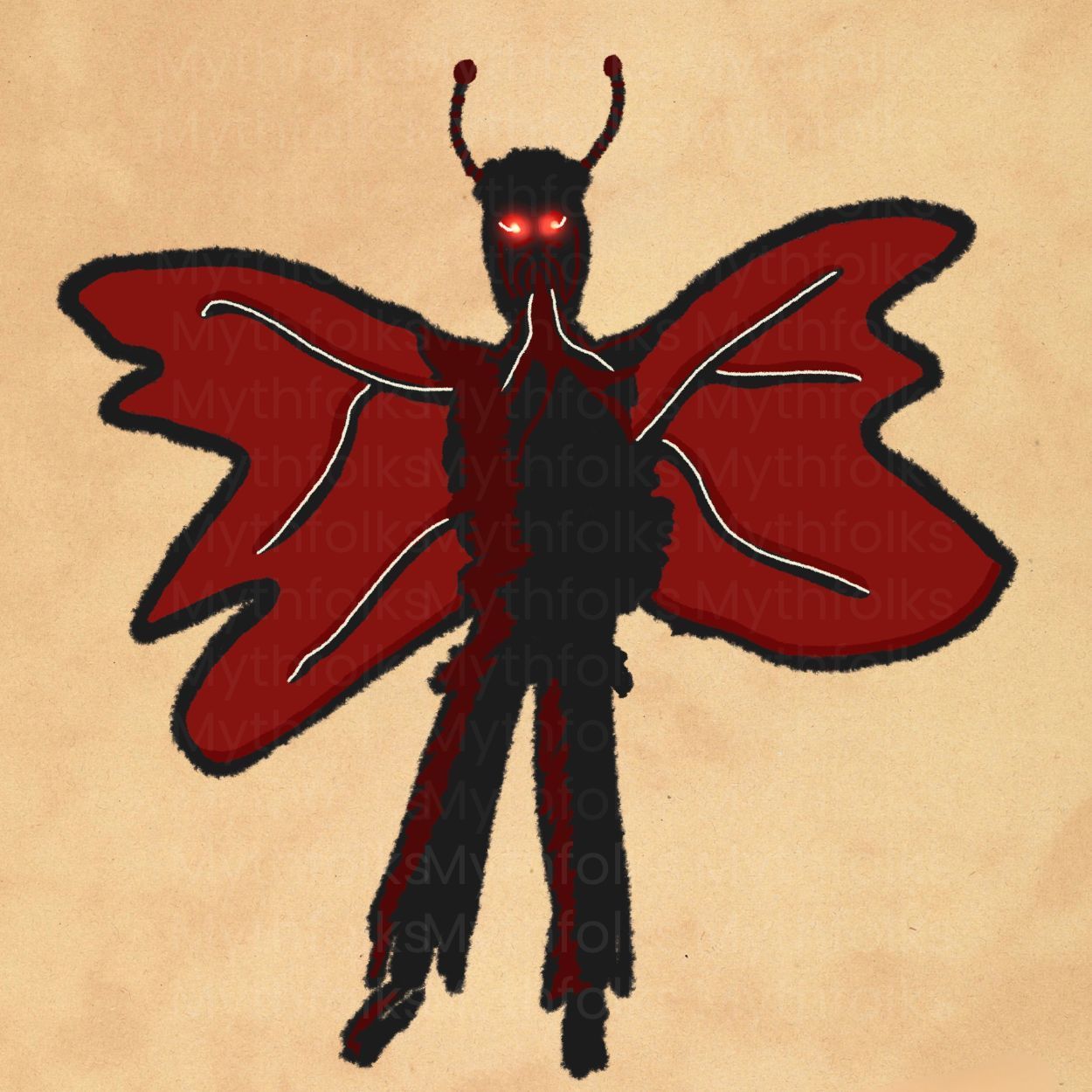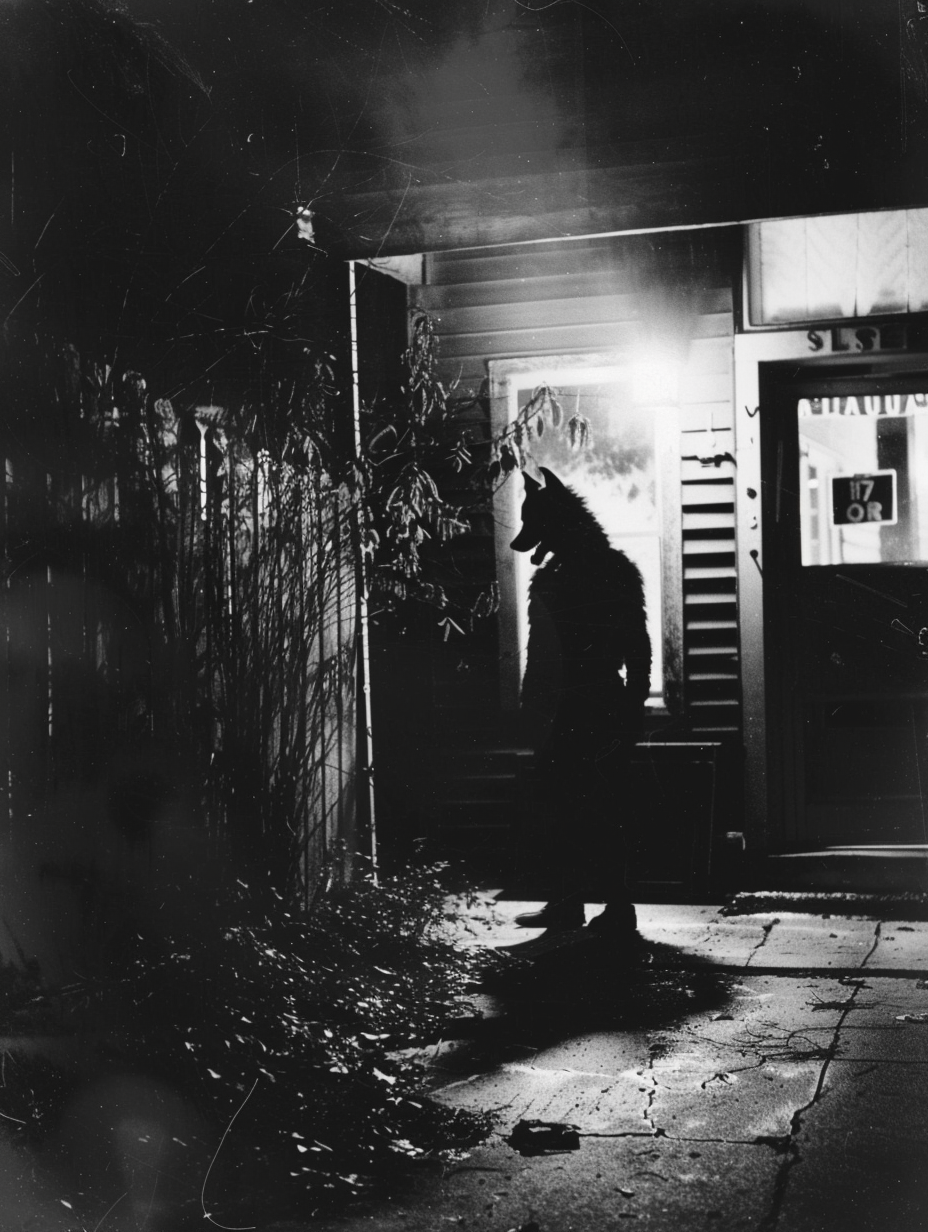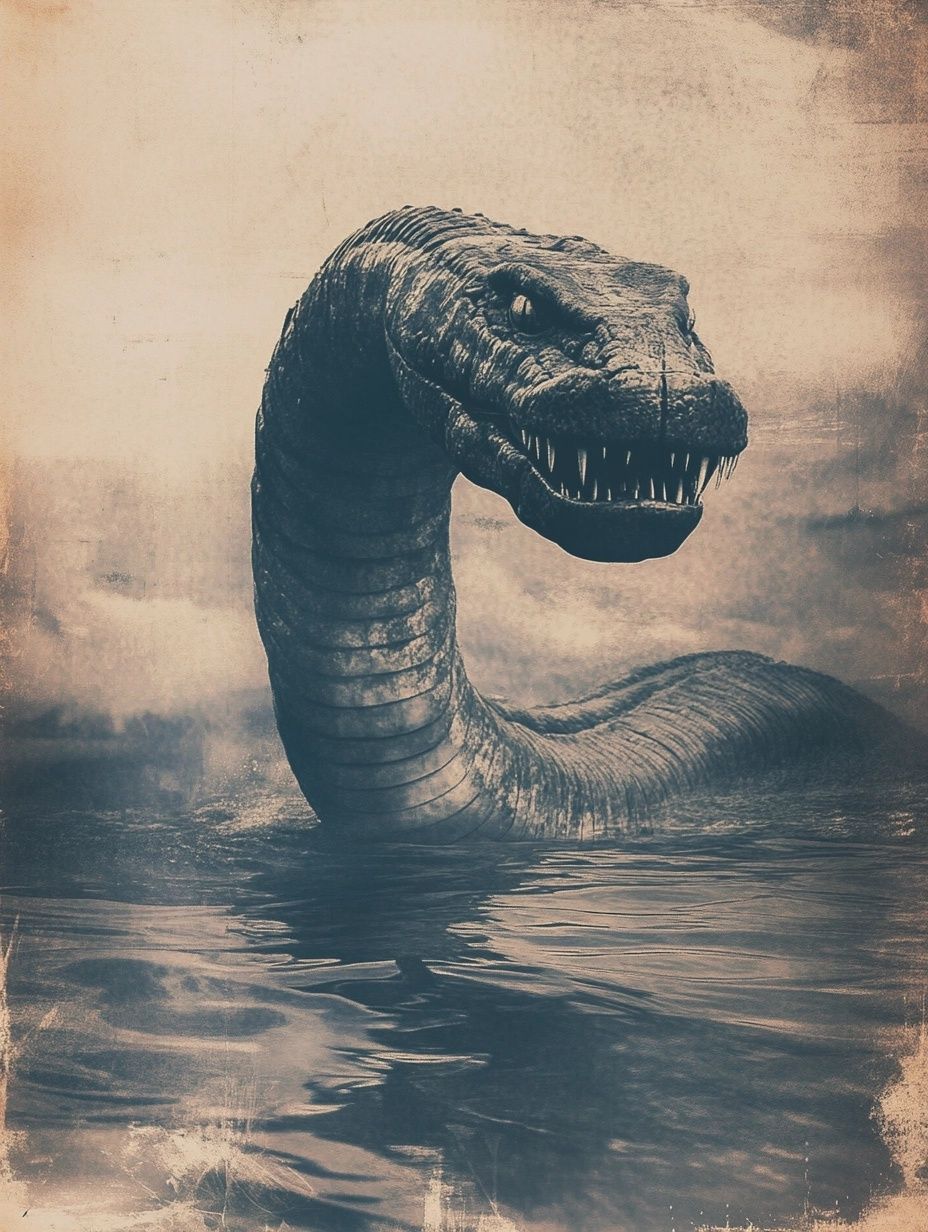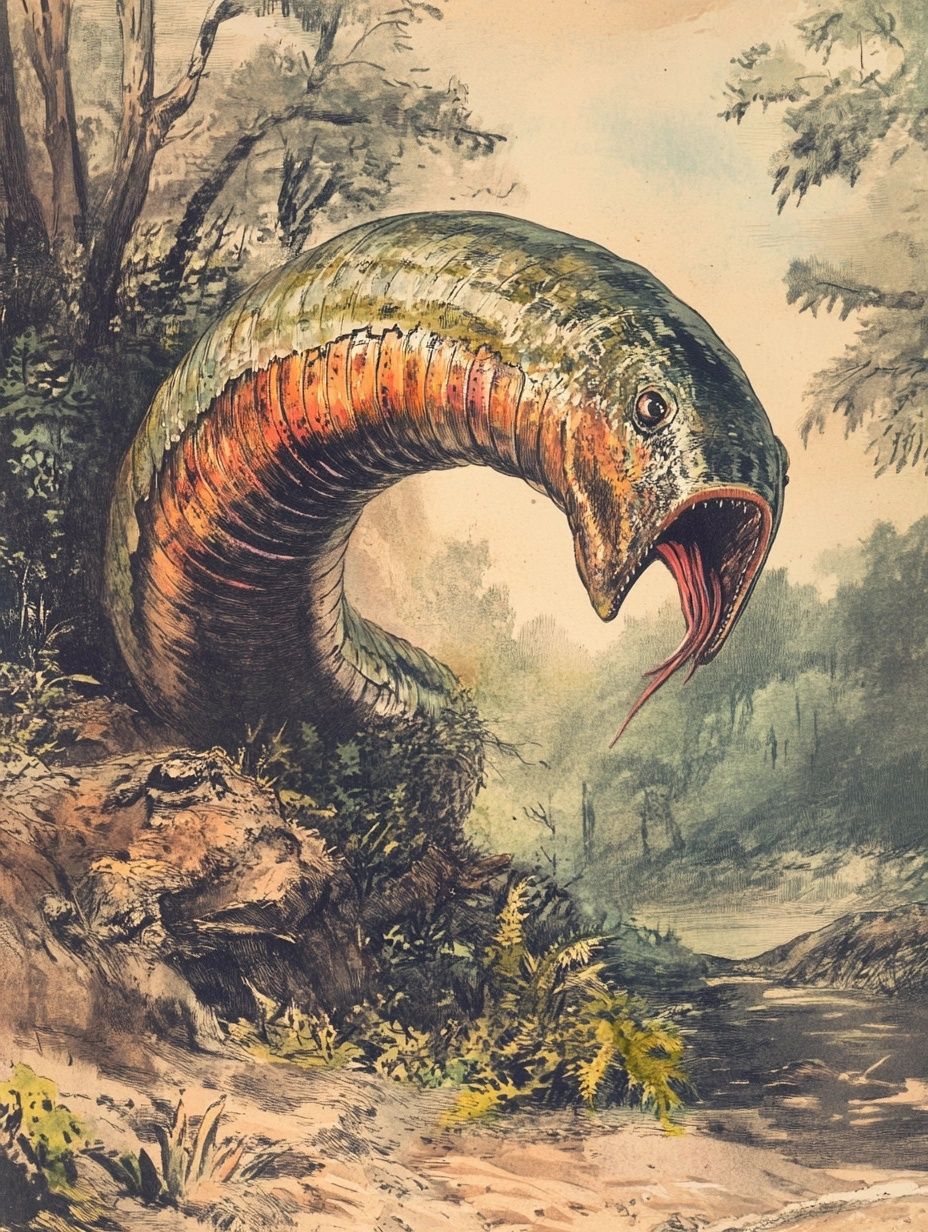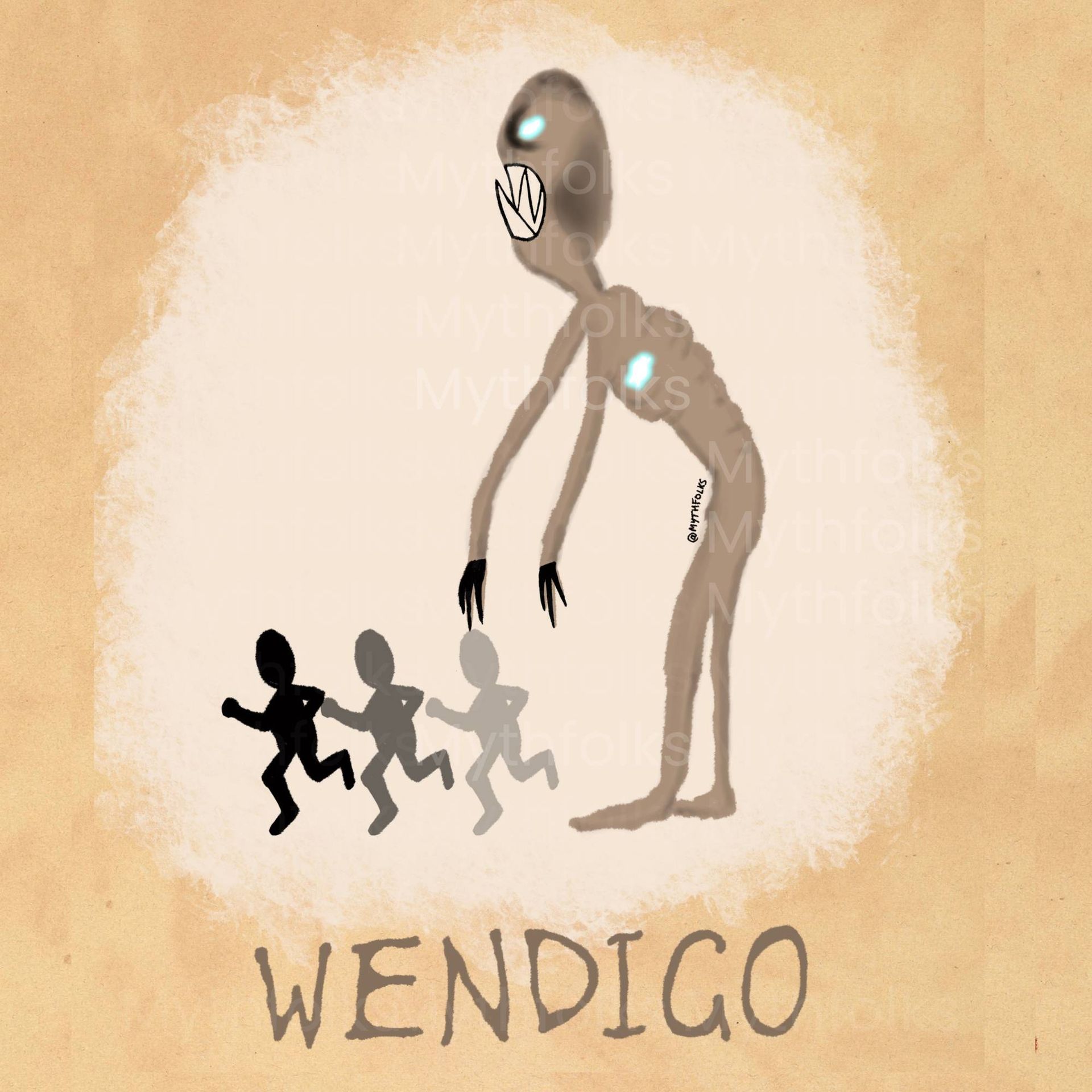Cryptid stories from around the world
Welcome to cryptid corner on Mythfolks!
Here you’ll find links to all the best cryptid stories but if you want a more general intro into cryptids, then finish this page first.
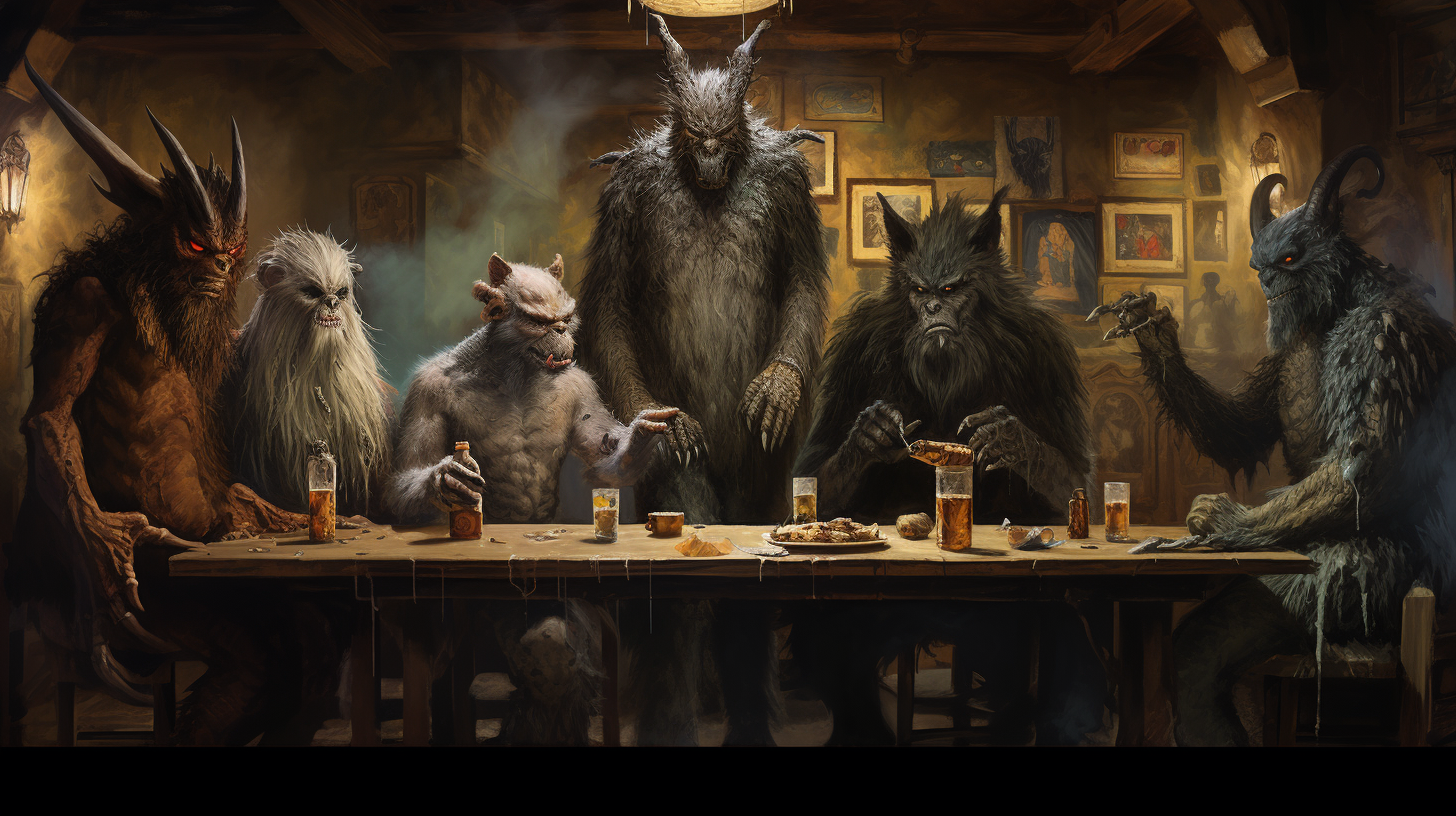
Featured cryptid
NEW ARTICLE - CRYPTIDS
Lagarfljótsormurinn, the Icelandic lake cryptid
This serpent-like water cryptid has a long history of reported sightings - learn all about it here.
Popular cryptid stories
What is a cryptid?
Cryptids are creatures that aren’t definitively proven to be real, but in theory, could be.
Unlike mythical creatures that we know to be made up i.e dragons (sorry!), these creatures usually come with plenty of reported sightings and other "evidence" to support their existence.
But for (probably) a majority of people, they would be considered creatures of myth. This is one of those Mulder and Scully situations.
Do cryptids come from all countries?
While they're often associated with specific regions or countries, reports of cryptids come from all corners of the globe.
Every culture has its own tradition of mythical creatures and legendary beasts, which may include cryptids unique to that region (or a version of, there is a lot of crossover in some regions of the same being but with different names).
Famous cryptids of North America
North American lore is full of cryptids, with tales of strange and mystery creatures dating back centuries.
Among the most iconic is of course Bigfoot, also known as Sasquatch, a towering ape-like being said to inhabit the dense forests of the Pacific Northwest (although sightings have also been reported in many different geographies).
Other notable American cryptids include the Jersey Devil, a winged creature said to haunt the Pine Barrens of New Jersey. And the Mothman, a winged humanoid reportedly sighted in the vicinity of Point Pleasant, West Virginia.
These cryptids, along with so many others, have become ingrained in American folklore and they continue to create widespread, hotly debated conversations!
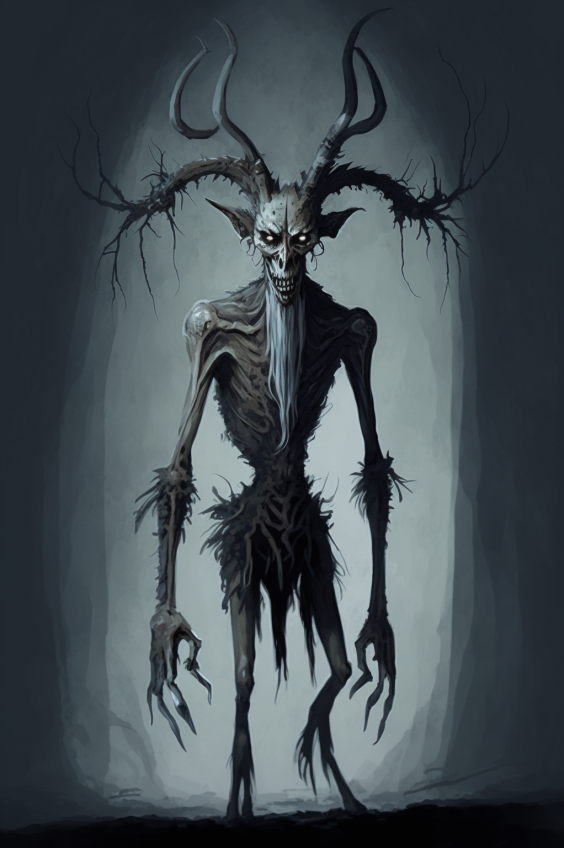
Cryptids in Native American folklore
Before European colonisation, indigenous peoples across North America had their own rich traditions of cryptid lore.
From the Wendigo (also Wiindigo) of Algonquian legend to the Thunderbird of various Native American cultures, these mythical creatures were often intertwined with spiritual beliefs and served as cautionary tales passed down through generations.
Exploring the cryptid myths of Native American tribes provides valuable insights into the cultural heritage and spiritual practices of indigenous peoples, highlighting the enduring significance of cryptids in shaping the collective consciousness of North America.
What are the earliest known reports of cryptids?
- The Kraken:
Originating from Scandinavian folklore, the Kraken is a
legendary sea cryptid said to dwell off the coasts of Norway and Greenland. Descriptions of the Kraken vary, but it is commonly depicted as a giant cephalopod capable of capsizing ships and dragging sailors to their doom. Early reports of the Kraken date back to the 13th century, with accounts appearing in medieval Norse sagas and maps.

- The Mokele-Mbembe: This cryptid is rumored to inhabit the swamps and rivers of the Congo Basin in Central Africa. Described as a long-necked, sauropod-like dinosaur, the Mokele-Mbembe has been the subject of numerous expeditions and eyewitness reports dating back to the early 20th century. Indigenous peoples of the region have long shared stories of encounters with this mysterious creature.
- The Chupacabra: Originating from Puerto Rican folklore, the Chupacabra is a cryptid creature reported to attack livestock and drain their blood. Descriptions of the Chupacabra vary, but it is often depicted as a reptilian or canine-like creature with spikes or quills running down its back. Reports of Chupacabra sightings first emerged in the 1990s and have since spread to various parts of the Americas, including Mexico and the United States.
- The Yeti: Also known as the "Abominable Snowman," the Yeti is a cryptid creature said to inhabit the remote mountainous regions of the Himalayas. Described as a large, ape-like creature, the Yeti has been a subject of fascination and speculation for centuries. Early reports of Yeti sightings can be traced back to ancient Tibetan and Nepalese folklore, with Western explorers and mountaineers documenting encounters with mysterious footprints and sightings in the 19th and 20th centuries.
Etymology of "cryptid"
The term "cryptid" originates from the Greek word "kryptos," meaning hidden or secreted and was coined by cryptozoologist John E. Wall in 1983.
What is cryptozoology?
Cryptozoology is the interdisciplinary study of hidden or unknown animals, including cryptids, that have not been formally recognised by mainstream science.
Drawing from fields such as zoology, anthropology, and folklore studies, cryptozoologists investigate reports, sightings, and evidence related to cryptids in an effort to validate their existence and understand their ecological roles.
While cryptozoology operates on the fringes of scientific inquiry (“pseudoscience”), it plays a crucial role in documenting and preserving cultural traditions and exploring the boundaries of human knowledge.
Is cryptozoology a real job?
Despite its unconventional nature, cryptozoology can indeed be pursued as a legitimate career path by those with a passion for exploration and discovery.
While traditional academic institutions may not offer degrees specifically in cryptozoology, individuals interested in this field can pursue relevant studies in biology, anthropology, or related disciplines.
Many cryptozoologists work independently or collaborate with research organisations, museums and academic institutions to conduct field investigations, analyse evidence, and contribute to the growing body of knowledge surrounding cryptids.
While the validity of cryptozoology as a scientific discipline may be debated, its practitioners remain dedicated to exploring the mysteries of the natural world and preserving the cultural heritage of cryptid lore.


